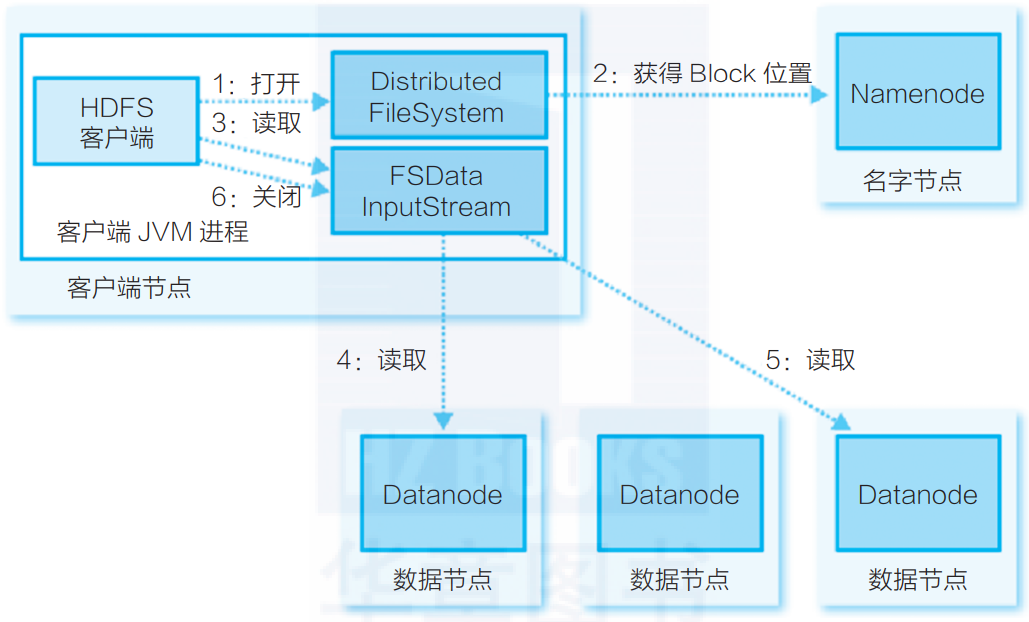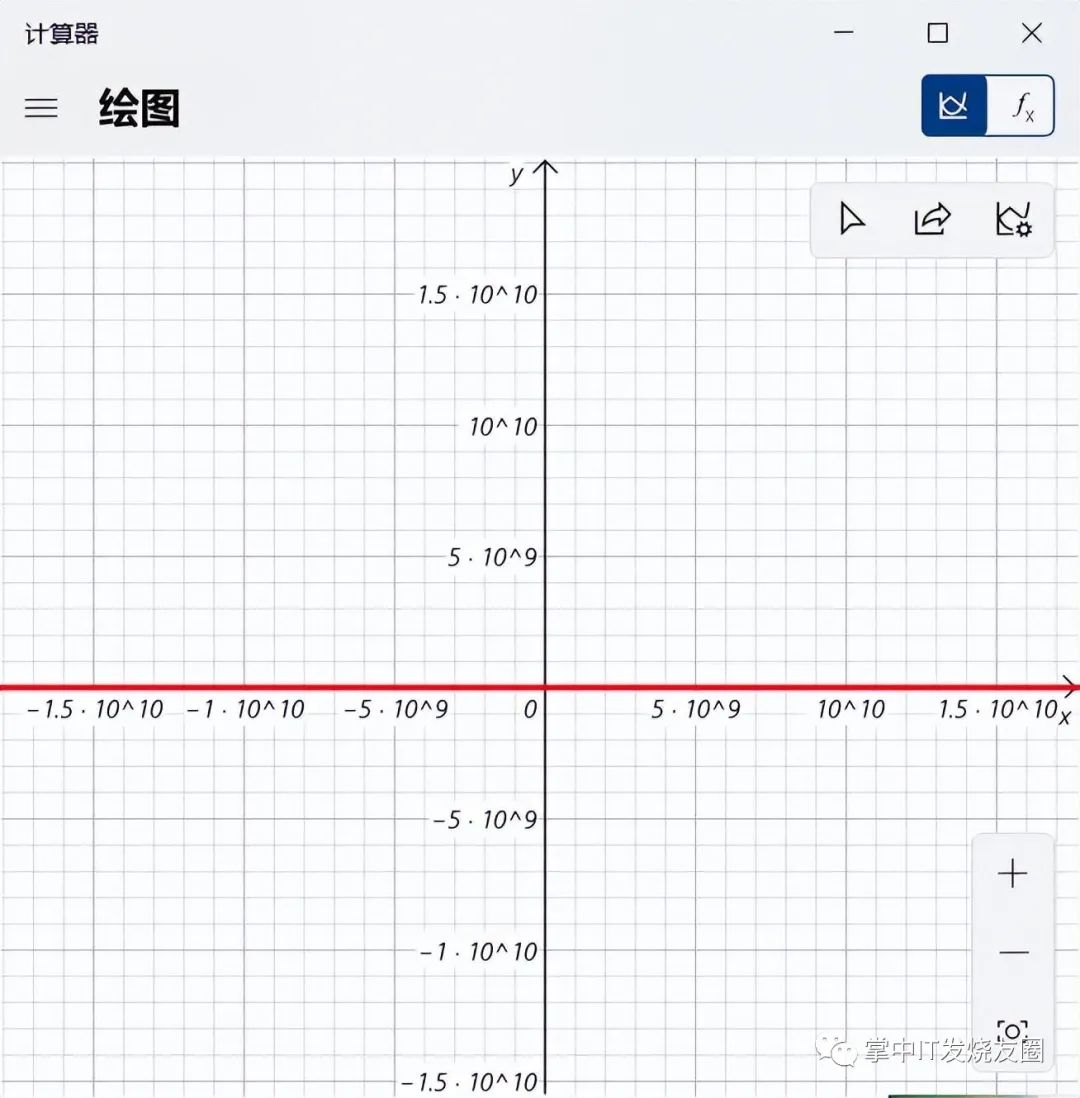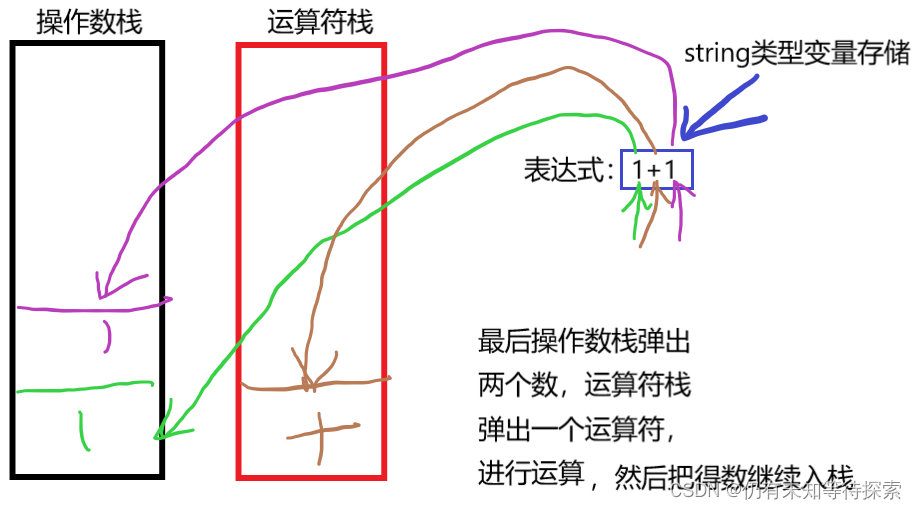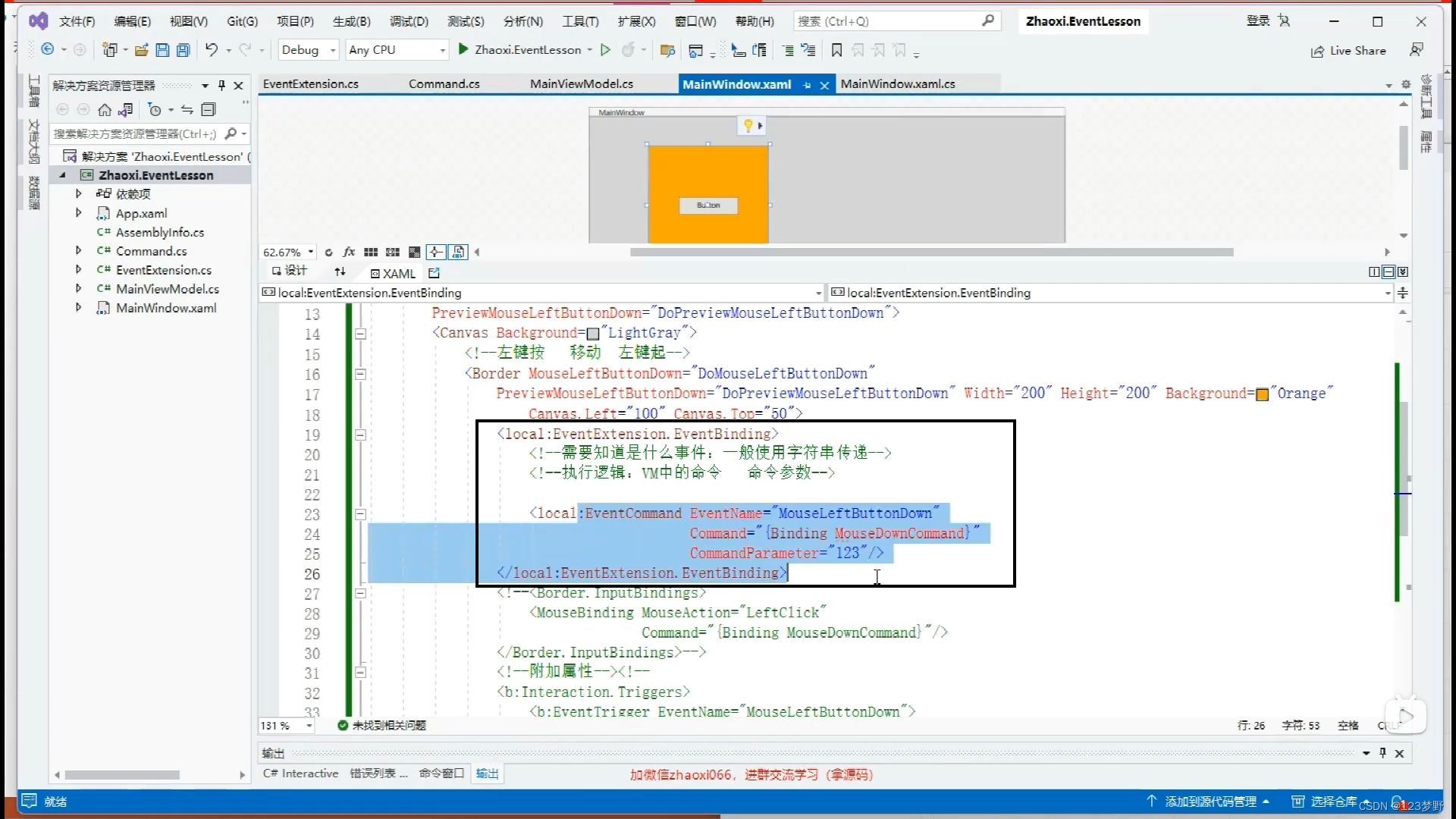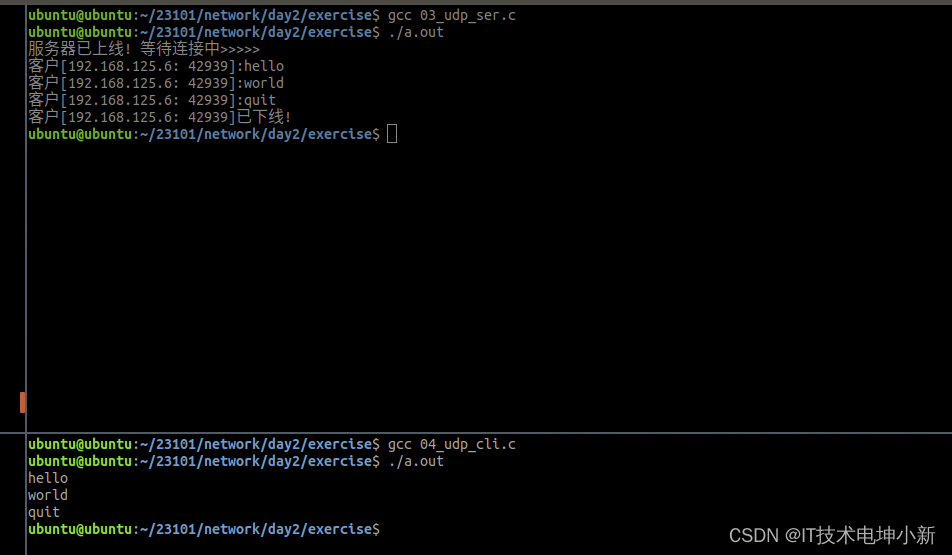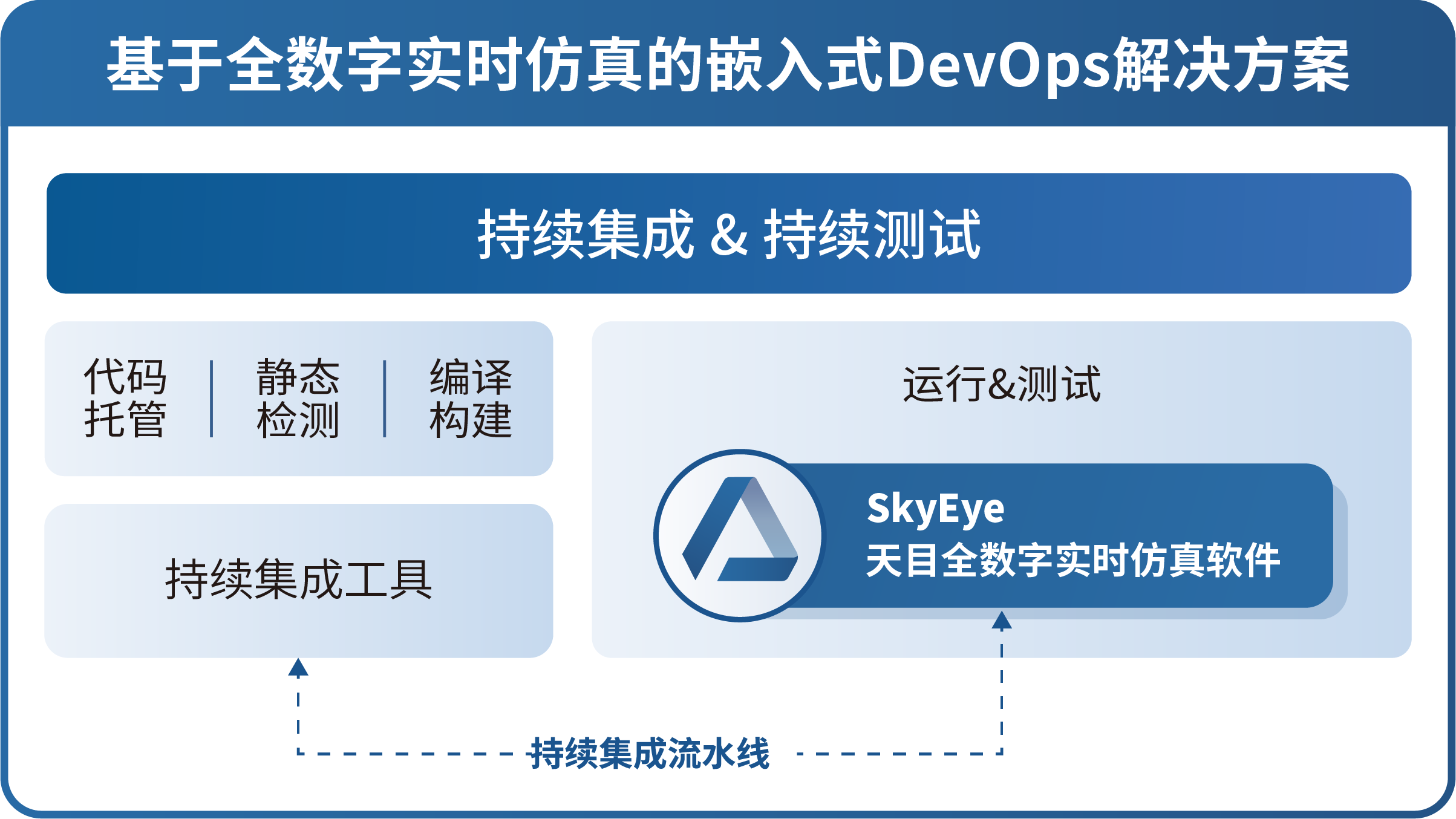数据库版本 :9.6.6
注意 :PostgreSQL中的不同类型的权限有
SELECT,INSERT,UPDATE,DELETE,TRUNCATE,REFERENCES,TRIGGER,CREATE,CONNECT,TEMPORARY,EXECUTE 和 USAGE。
1. 登录PG数据库
以管理员身份 postgres 登陆,然后通过
#psql -U postgres
#sudo -i -u postgres
$ psql xc_hzh_linan #登录xc_hzh_linan数据库
$ psql -U postgres test #以postgres用户身份,登录test数据库
psql -h localhost -p 5432 -U postgress testdb
界面效果为:
postgres@ubuntu:~$ psql psql (9.5.19) Type "help" for help. postgres=#
1.简单说一下pgsql 的相关命令
使用反斜线作为命令前缀.
退出 \q
列出所有的数据库 \l
列出所有的数据库的大小 \l+
更改当前连接的数据库 \c
列出当前数据库的连接信息 \connect
列出当前数据库和连接的详细信息 \conninfo
查看当前数据库里面的表和拥有者和表大小 \dt +
展示所有用户 \dg
查看所有表名的列表 \d
获取表结构 \d a
展示所有用户 \du
查看t_sms表的结构 \d t_sms
展示数据库里面的所有的表 \dt
列出所有的数据库的详细信息(包括数据库大小和字符格式) \l+
显示用户访问权限。 \z或\dp
显示所有可设置的访问权限 \h GRAN
显示用户的对所有数据库表的详细访问权限 \dp或者\z
确认当前连接的用户为超级用户postgres,且该用户后创建角色和数据库的权限等 #select current_user;
在超级用户连接postgres后,设置不允许普通用户a连接数据库 #alter role a nologin;
使用普通用户a连接数据库正常 #\c highgo a
查看当前连接的用户名:
foo=#select * from current_user;
或
foo=#select user;
查看所有用户名:
foo=#\du
数据库表的备份与恢复:
pg_dump -h 192.168.2.242 -U postgres -p 5432 -c --if-exists -t t_sms dev_huishishuju > t_sms.db 远程备份

t_gj_tzy=# \l+
List of databases
Name | Owner | Encoding | Collate | Ctype | Access privileges | Size | Tablespace | Description
-----------+----------+----------+------------+------------+-----------------------+---------+------------+--------------------------------------------
postgres | postgres | UTF8 | zh_CN.utf8 | zh_CN.utf8 | | 7079 kB | pg_default | default administrative connection database
t_gj_tzy | wsgjjkzg | UTF8 | zh_CN.utf8 | zh_CN.utf8 | =Tc/wsgjjkzg +| 21 GB | pg_default |
| | | | | wsgjjkzg=CTc/wsgjjkzg | | |
template0 | postgres | UTF8 | zh_CN.utf8 | zh_CN.utf8 | =c/postgres +| 6969 kB | pg_default | unmodifiable empty database
PostgreSQL 查找当前数据库的所有表 select * from pg_tables where schemaname = 'public';
查看每个表的大小
postgres=# \dt+
List of relations
Schema | Name | Type | Owner | Size | Description
--------+----------------------------+-------+----------+------------+-------------
public | acknowledges | table | postgres | 0 bytes |
public | actions | table | postgres | 16 kB |
public | alerts | table | postgres | 8192 bytes |
public | application_discovery | table | postgres | 0 bytes |
public | application_prototype | table | postgres | 8192 bytes |
public | application_template | table | postgres | 40 kB |
public | applications | table | postgres | 56 kB |
public | auditlog | table | postgres | 0 bytes |
public | auditlog_details | table | postgres | 8192 bytes |
添加索引
CREATE INDEX idx_ke_kid ON base.keyword_engine USING btree (keyword_id);
2、创建用户以及相关权限设置
创建用户
create role zhaobsh;
create user wzq with password '123456'; #设置用户,并设置密码
create database xc_hzh_linan owner xchzhlinan ; #创建数据库以及所属用户
更改用户密码
alter role zhaobsh with password 'Test6530'; or \password zhaobsh ALTER USER postgres WITH PASSWORD 'postgres';
注:
-
密码postgres要用引号引起来
-
命令最后有分号
修改数据库 属主
alter database "GSCloud1903" owner to zhaobsh;
ALTER ROLE user_4 WITH CREATEROLE; /*赋予创建角色的权限*/
alter database "GSCloud1903" rename to zhaobsh; --修改schema的名称
授权给用户 PostgreSQL中预定义了许多不同类型的内置权限,如:SELECT、INSERT、UPDATE、DELETE、RULE、REFERENCES、TRIGGER、CREATE、TEMPORARY、EXECUTE和USAGE。
grant all on database "GSCloud1903" to z

